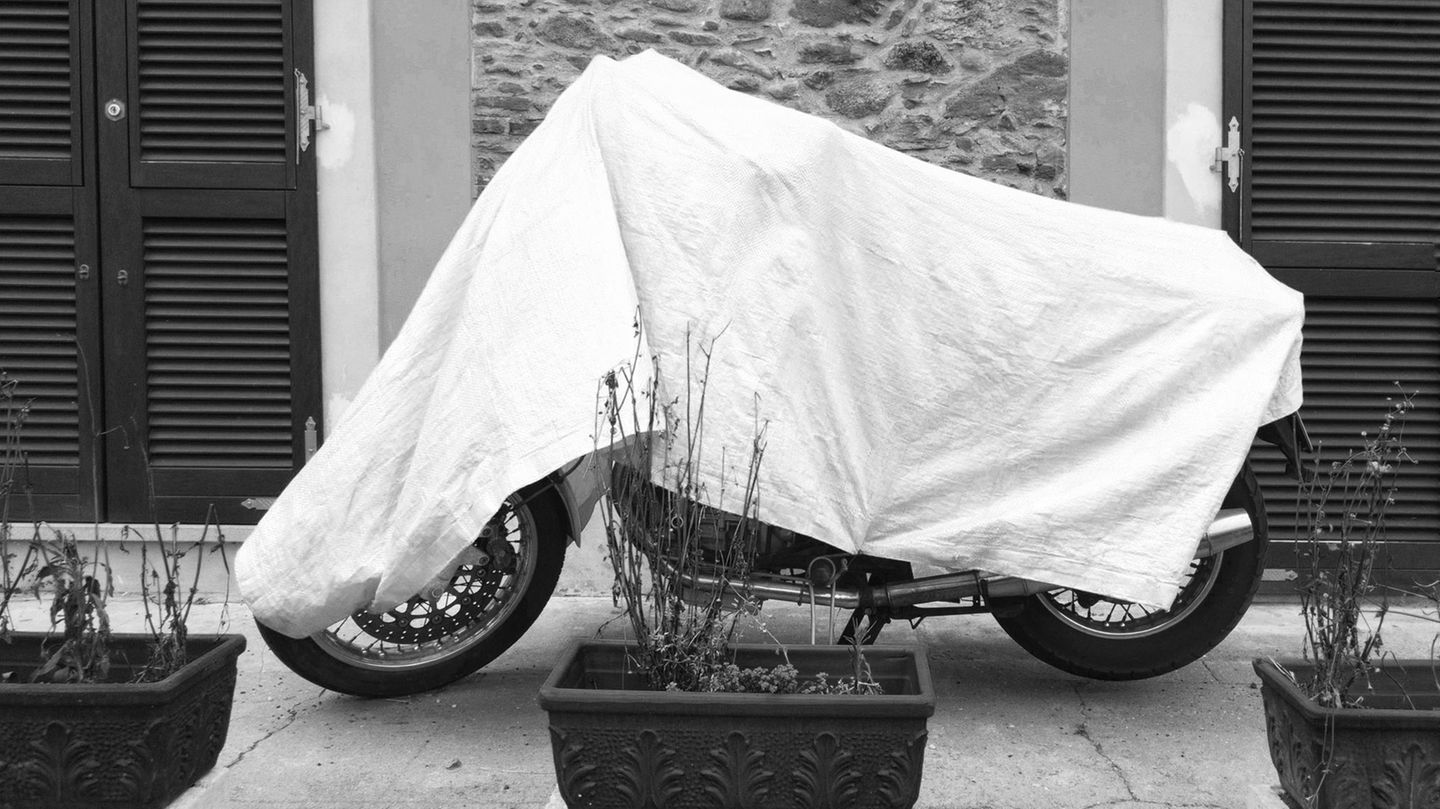The SPD has saved its lead from the polls across the finish line and is now the strongest force in the federal government. But does Olaf Scholz manage to forge a coalition with the Greens and the FDP? Or does Armin Laschet still have a chance?
After the general election, the difficult struggle to form a government begins.
According to the preliminary official results, the SPD has become the strongest force and wants to appoint Olaf Scholz as the next chancellor – but despite its historic defeat, the Union also claims to lead the government. Both rely on an alliance with the Greens and the FDP. The courtship for potential partners has already begun.
First of all, the party committees will discuss the outcome of the election today. The Union is looking for a strategy to save power after the election debacle. For their defeated candidate for chancellor, CDU leader Armin Laschet, political survival could depend on it. The parties want to analyze the results in front of the media after the deliberations. The new parliamentary group is already being constituted in the FDP.
Vying for the Greens and the FDP
Mathematically the only possible two-party alliance is a new grand coalition, which neither the SPD nor the Union want. That is why there is likely to be a three-way alliance in the federal government for the first time since the 1950s. Laschet has already assured any partners that they should definitely be visible with their own positions in a government under him.
FDP leader Christian Lindner suggested on the evening of the election that the liberals and the Greens get together in advance in order to first sound out intersections and points of dispute with one another before exploring them. His vice Wolfgang Kubicki supported this in the newspapers of the Funke media group. Lindner would prefer to form a coalition with Laschet, the Greens with Scholz. At first it was not known when the green-yellow talks would begin.
There are no formal rules for forming a government. Usually the strongest party invites to talk. But there have also been elections in which the second strongest force formed a coalition. So there is nothing wrong with exploratory talks all over the place.
Now officially: This is how it ended
According to the preliminary official final result, the SPD improves to 25.7 percent (2017: 20.5 percent). The CDU / CSU falls to 24.1 percent (32.9). The Greens climb with Chancellor candidate Annalena Baerbock to 14.8 percent (8.9). The FDP increases to 11.5 percent (10.7). The AfD, so far the third strongest force, has 10.3 percent (12.6), but will be the strongest force in Thuringia and Saxony. The left slips to 4.9 percent (9.2). However, since she defends three of her last five direct mandates, according to the basic mandate clause, she can still remain in the Bundestag according to her second vote result.
The majority in the Bundestag will change considerably. The distribution of seats has not yet been announced and, according to the latest projections by ARD and ZDF, could look like this: SPD 205 to 209 (2017: 153), CDU / CSU 194 to 196 (2017: 246), Greens 116 to 118 (67), FDP 91 to 93 (80), AfD 84 (94), Linke 39 to 40 (69). The voter turnout of 76.6 percent was at the level of the previous election (76.2).
What the top people say
Vice Chancellor and Finance Minister Scholz started the election campaign with the SPD as an outsider, but in recent months has catapulted the traditional party from a survey low to the top in the three-way battle for the Chancellery – also thanks to the mistakes of Laschets and Baerbocks. Scholz sees the result as a clear mandate for the voters. “We want to form the next government,” he said.
On the evening of the election, Laschet mentioned the unprecedented debacle of the CDU / CSU rather casually, but confidently formulated his claim to power: “One vote for the Union is one vote against a left-wing federal government. That is why we will do everything in our power to form a federal government under the leadership of the Union. “
The question now is whether the SPD or the Union can forge an alliance with the Greens and the FDP – a traffic light coalition or a Jamaica coalition. Green leader Annalena Baerbock, trailed in third place behind Laschet and Scholz, did not commit herself and spoke of a “voter mandate to ensure a renewal in the country”.
Finish line: Before Christmas
After a federal election, it usually takes one to three months for a new cabinet to be sworn in. By Christmas you were almost always finished. With one exception: after the 2017 election it took almost half a year because the Jamaica explorations failed because of the FDP – in the end there was a Union-led grand coalition. Scholz and Laschet both said she wanted to do it before Christmas.
David William is a talented author who has made a name for himself in the world of writing. He is a professional author who writes on a wide range of topics, from general interest to opinion news. David is currently working as a writer at 24 hours worlds where he brings his unique perspective and in-depth research to his articles, making them both informative and engaging.




